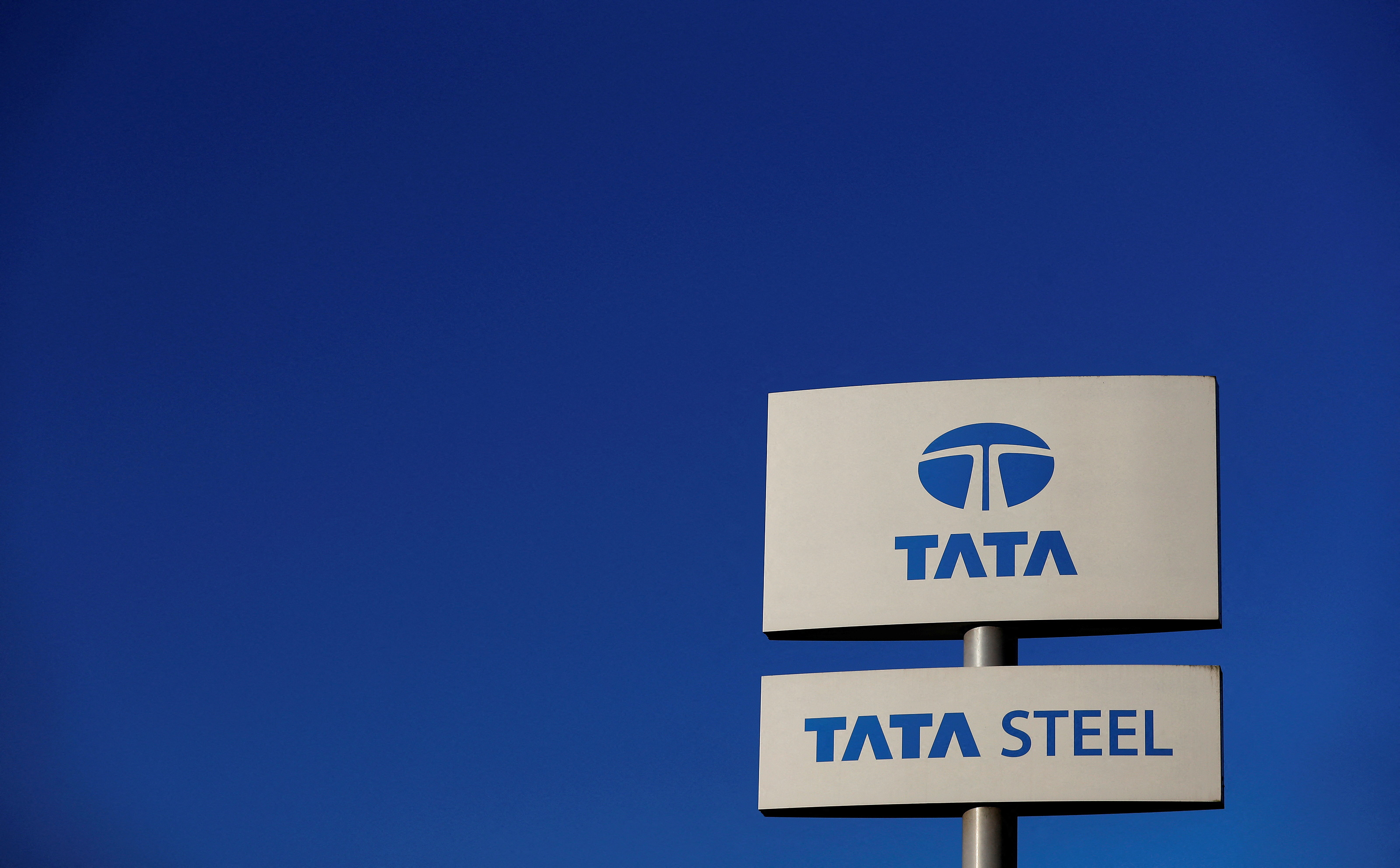Tata Steel’s Q1 Net Profit Plunges 84% to 71,566 Crore: A Detailed Analysis

Tata Steel, one of the leading steel producers in India, recently reported its financial results for the first quarter of the fiscal year. The company’s net profit for the period experienced a significant decline, falling by a staggering 84% to 71,566 crores. This unexpected downturn has raised concerns among investors and industry experts, signaling potential challenges in the steel market. In this article, we will delve into the factors contributing to Tata Steel’s Q1 performance, analyze the implications of the decline in net profit, and explore the outlook for the company moving forward.
Factors Influencing Tata Steel’s Q1 Performance
To understand the drastic decline in Tata Steel’s net profit, it is crucial to examine the key factors that influenced the company’s performance during the January-March quarter. Several elements played a role in shaping the financial outcomes, including fluctuating steel prices. One of the primary factors impacting Tata Steel’s Q1 results was the volatility in steel prices. The steel industry experienced significant price fluctuations during this period, primarily influenced by global market conditions, supply chain disruptions, and geopolitical factors. These fluctuations in steel prices can have a direct impact on Tata Steel’s revenue and profitability, as it affects the selling price of its steel products.
Another significant factor contributing to Tata Steel’s financial performance was the increase in raw material costs. The cost of key inputs like iron ore, coking coal, and scrap metal witnessed a surge during the first quarter. The higher cost of raw materials directly affects Tata Steel‘s production costs, squeezing profit margins. Moreover, the demand-supply dynamics in the steel market also played a crucial role in Tata Steel’s Q1 performance. The COVID-19 pandemic and subsequent lockdowns led to disruptions in industrial activities and construction projects, impacting the demand for steel. The slowdown in demand, coupled with increased global steel production capacity, created an oversupply situation, leading to intense competition and pricing pressure in the market.

Implications of Tata Steel’s Declining Net Profit
The significant decline in Tata Steel’s net profit for the January-March quarter carries several implications for the company and the broader steel industry. These implications include concerns about its financial stability and ability to repay its debt obligations. The decline in net profit can limit the company’s cash flow, hindering its capacity to service debt and potentially impacting its credit ratings. The sharp drop in net profit also negatively affects investor confidence in Tata Steel. Shareholders may become apprehensive about the company’s future prospects and potential returns on their investments.
This decline in investor confidence can impact the stock price and overall market perception of Tata Steel. In fact, Tata Steel’s financial performance is reflective of the broader challenges faced by the steel industry. The intense competition, pricing pressure, and fluctuations in raw material costs impact the competitiveness of steel manufacturers globally. Tata Steel’s decline in net profit underscores the need for strategic initiatives to enhance cost-efficiency, optimize operations, and diversify product offerings to stay competitive in the market.
Outlook and Future Strategies for Tata Steel
Despite the challenging Q1 results, Tata Steel is actively strategizing to mitigate the impact of market uncertainties and improve its future performance. Tata Steel aims to enhance its operational efficiency and optimize costs across its value chain. By streamlining operations, adopting advanced technologies, and implementing robust supply chain management strategies, Tata Steel can reduce production costs and improve profitability, even in the face of challenging market conditions. Recognizing the importance of diversification, Tata Steel is exploring opportunities to expand its presence in new markets and sectors.
By diversifying its product portfolio and customer base, the company aims to reduce its reliance on any single market segment and mitigate risks associated with market fluctuations. Tata Steel is committed to sustainability and is actively working on initiatives to reduce its environmental impact. The company is investing in technologies and practices that promote energy efficiency, reduce greenhouse gas emissions, and enhance resource conservation. These sustainability efforts not only align with global environmental goals but also resonate with customers and investors who prioritize environmentally responsible business practices.

Government Support and Policy Initiatives
The Indian government has recognized the importance of the steel industry in driving economic growth and development. To support the sector, various policy initiatives have been implemented. The government has introduced measures such as the National Steel Policy, which aims to enhance the competitiveness of the Indian steel industry, promote domestic production, and encourage research and development in the sector. Additionally, initiatives like the “Make in India” campaign and the implementation of infrastructure projects provide opportunities for steel companies like Tata Steel to expand their operations and cater to the growing domestic demand.
Technological Advancements and Innovation
Technological advancements and innovation play a crucial role in shaping the future of the steel industry. Tata Steel is actively investing in research and development to develop advanced manufacturing processes, improve product quality, and reduce environmental impact. The adoption of technologies like artificial intelligence, automation, and data analytics enables better process control, efficiency gains, and cost optimization. By embracing innovation, Tata Steel can enhance its competitiveness, meet evolving customer demands, and stay ahead in a rapidly evolving market.
International Trade and Export Opportunities
While the focus has primarily been on India‘s domestic steel demand, the country also presents significant export opportunities. With its strong manufacturing base and competitive steel prices, Indian steel companies, including Tata Steel, can explore international markets. Exporting steel products can help generate additional revenue, reduce dependence on the domestic market, and improve overall profitability. However, it is essential to navigate global trade dynamics, adhere to international quality standards, and develop robust distribution networks to succeed in the export market.
In addition to the aforementioned factors influencing Tata Steel’s Q1 performance, it is crucial to consider the impact of macroeconomic factors on the Indian steel industry. The COVID-19 pandemic has disrupted global trade and economic activities, leading to a slowdown in various sectors, including construction, automotive, and manufacturing. This slowdown in economic growth has translated into reduced demand for steel, affecting Tata Steel’s sales volumes and overall revenue. As the Indian economy gradually recovers and industrial activities resume, it is expected that steel demand will rebound, positively impacting Tata Steel’s future performance.

Tata Steel’s response to the challenging market conditions has been proactive and strategic. The company has implemented various cost-cutting measures, including reducing operational expenses and optimizing its supply chain. By identifying areas for efficiency improvement and adopting best practices, Tata Steel aims to enhance its cost competitiveness and strengthen its financial position. Additionally, the company is exploring partnerships and collaborations to leverage synergies and drive innovation. Such collaborations can lead to improved operational efficiency, technology transfer, and access to new markets, bolstering Tata Steel’s long-term growth prospects.
Looking ahead, the future of Tata Steel and the Indian steel industry is promising, albeit with challenges to overcome. The government’s continued focus on infrastructure development, including initiatives like “National Infrastructure Pipeline,” “Smart Cities Mission,” and “Housing for All,” presents significant opportunities for steel consumption. As the demand for steel-intensive infrastructure projects grows, Tata Steel is well-positioned to cater to this rising demand. Moreover, as India progresses toward becoming a manufacturing hub, the steel industry’s role becomes even more critical. Tata Steel’s extensive product portfolio, including flat steel, long steel, and value-added products, positions the company to cater to diverse industry requirements.




